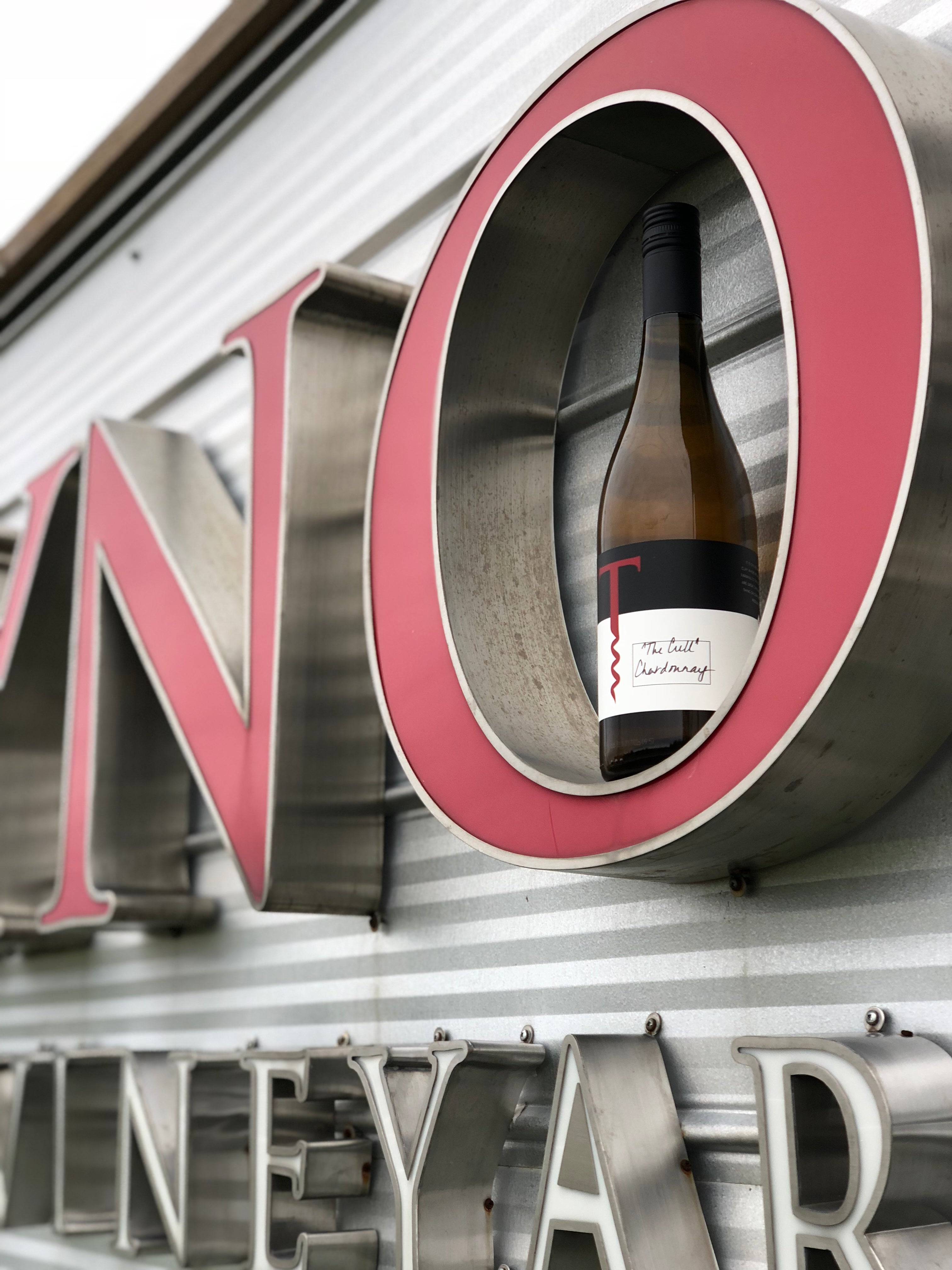
This one was a real challenge ...
Because all our wines are minimally handled and since the methods we do use tend to be, shall we say “rustic”, it gives us a fairly finite palette to work with. We do not have high-tech, advanced equipment for making huge adjustments to a wine so we tend not to force the issue, opting instead to allow the grapes and the wine to do what they are going to do with minimal intervention.
Our cellar is not climate controlled, so through all seasons, the wines are subjected to the temperature variations of the vintage. What this means is that when it's cold out, we cannot heat the wines. This often means that fermentation slows until the temperature rises again and the natural yeasts come back to life. It makes for a longer ageing process and typically produces a more complex product. It may be less predictable, but who wants the same-old-same-old all the time? Not me!
I like to leverage the colder seasons—our natural Canadian advantage—to cold-stabilize the wines naturally. It's the way I like to do things, and normally, it's quite predictable. In the case of our 2014 chardonnay, however, it was different.
The unpredictability of naturally made wine
In my seventeen vintages as a winemaker, I have never had a fermentation behave like this one did. To say it was a prolonged fermentation would be an understatement … it took almost a full year to finish! During harvest, everything was moving along perfectly, the temperatures were perfect, the aromatics were perfect, everything was exactly how you want an unoaked chardonnay fermentation to behave. And then, towards the end, with about five degrees Brix remaining, it just stopped. The ferment stuck and I could not get it moving again.
Because the winery is cold, all I could do was stir the lees (yeast and sediment) to help stimulate it. Every once in a while, the yeast would activate a little bit and a quarter of a percentage point of sugar would ferment out … and then it would stop again. By the time March rolled around, however, the wine was crystal clear. All the sediment had dropped out and would quickly drop again when I stirred the lees. But it was still not finished.
April, May, June, and July went by. Nothing happened. In August, I usually go through a big bottling cycle because I need the tank space for the upcoming harvest. I was starting to panic. What was I supposed do with a sweet, unoaked chardonnay that I was certain would decide to finish fermentation in the bottle?
Well, around the 10th of August—ten and a half months after the fruit was harvested—the wine randomly started up all on its own! It took another two weeks, but finally, the wine was dry.
What’s in the glass
Normally, what happens when you put a wine through a rigorous lees-stirring program is that you lose a lot of the fruit and the wine becomes more “bready”. I think because the wine finished fermentation after the lees stirring, it developed more fruit aromas. Our Traynor Family Vineyard Estate Chardonnay, while packed with biscuity, pastry notes and a round, rich, and soft mouthfeel, is still packed with fruit: it’s got plenty of ripe cantaloupe, honeydew melon, poached pear, and baked apples – not just a simple little chard! The palate is creamy and has some good weight, and it finishes with that firm mineral backbone that is so typical of our vineyard.
At the winery, we pair it up with anything that has avocados in it, but that's mostly because we love avocados and their creamy texture. Other great pairings include lobster with drawn butter, sole with a lemon cream sauce, pasta carbonara, salmon bisque, wild mushroom soup, or soft, ripened cheeses like triple cream brie. You might even try it with some savoury crepes or French toast. Any way you pour, you’re going to love it.
Cheers!












